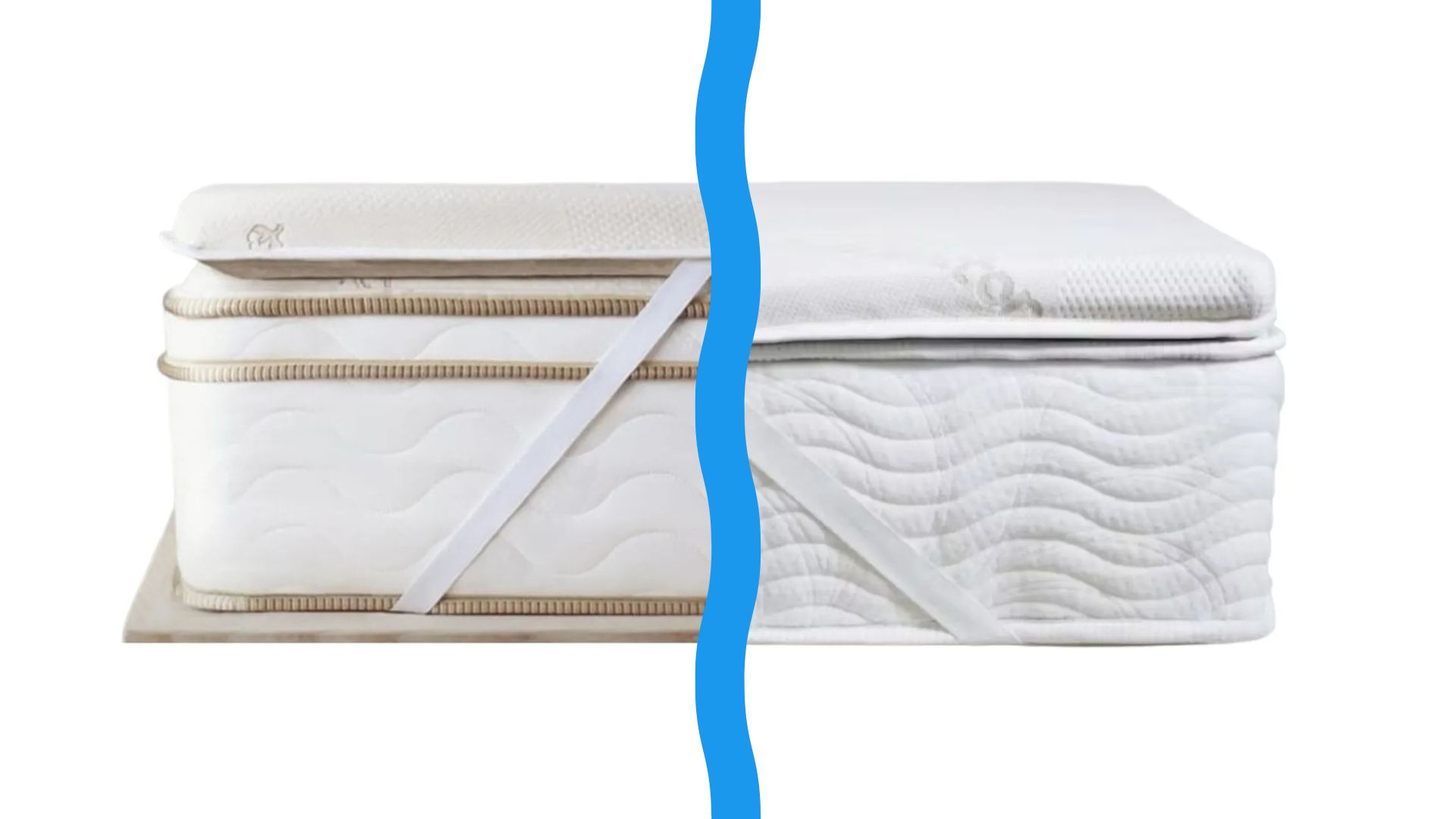
Whether you suffer from sciatica or generalized back pain, you might wonder how to do ab exercises without aggravating your symptoms. Good news — ab workouts aren’t off the table, you’ll just need to tailor your routine.
We’ve grouped these exercises to avoid, according to an expert, but just because you might know what not to do, it doesn’t mean you know which moves are safe.
A good rule of thumb is to pick ab exercises that support your back, but there’s a little more to know. Below, we discuss what sciatica is and the best ab exercises you can do to strengthen your core. We also recommend one of the best yoga mats to lay down on while you do them.
What is sciatica?
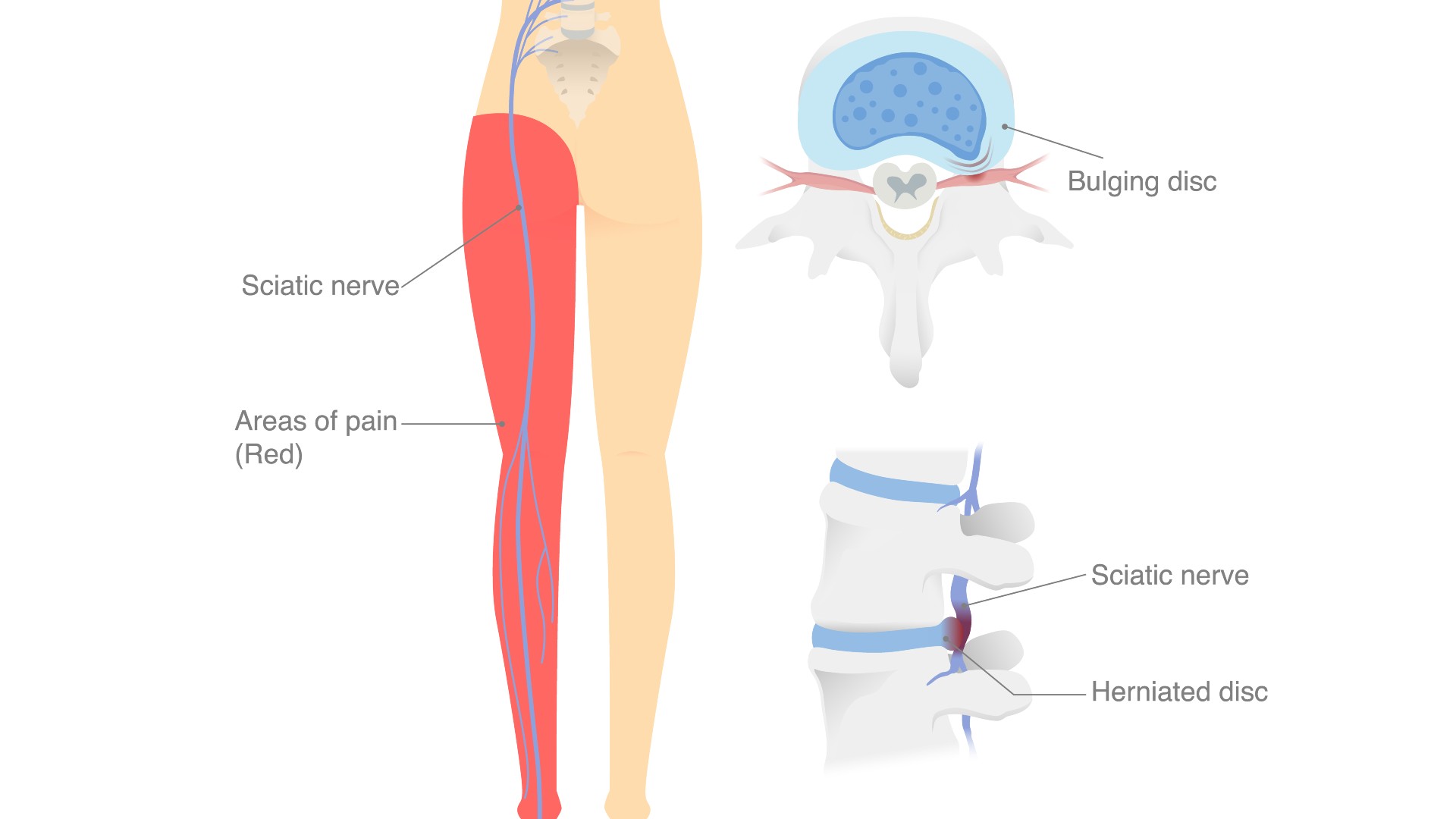
Sciatica shows up differently for many people. It could be a tingling sensation, numbness or nagging pain down your back, butt and into your leg or legs caused by damage or irritation to the sciatic nerve.
Untreated, any interruption to neural function could impact how you stand, walk or exercise and could limit sensations in the area.
Why strong abs matter
Your abs are just one of many muscle groups that make up the core, but they're still important and worth strengthening.
The best core exercises isolate and strengthen these muscles as a whole, rather than just your abs. This network of muscles wrap around your torso like a tire and are responsible for safe motion in all planes of movement, posture and stabilization. Your abs are important nonetheless, and can be targeted using the best ab exercises out there.
Get instant access to breaking news, the hottest reviews, great deals and helpful tips.
So, a strong core is super crucial. And without it, you wouldn’t be able to lift heavy weights, run, or exercise in other ways safely. Even if you have back pain, you can still develop your core using ab exercises.
In fact, strengthening these muscles could help prevent or reduce back pain symptoms. You’ll also need a robust set of glutes, hip flexors and hamstrings to protect your lower back, so ab exercises that allow you to target them are also brilliant.
Best ab exercises for sciatica
Forearm plank
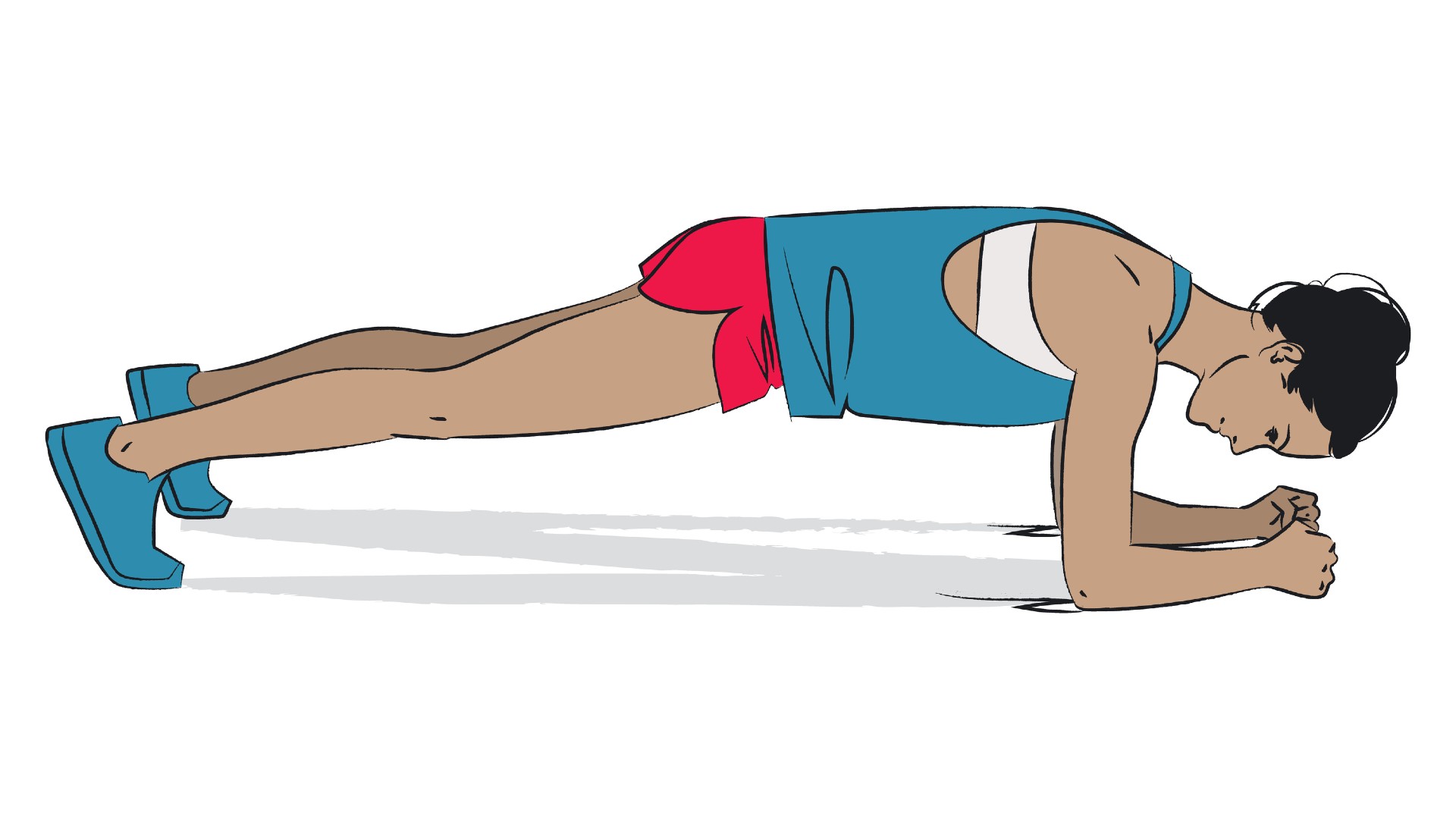
We recommend sticking to a regular forearm or high plank rather than dipping into plank variations. By practicing good form, you can keep your spine properly aligned and neutral rather than placing stress on the lower back.
Planks also activate all the major muscles, including ones in your chest, shoulders, arms, hips, back, glutes, quads and hamstrings. It’s isometric, meaning the muscles build strength without moving, which is low impact.
You can learn how to do planks here. Start by holding for 20-30 seconds, rest, then repeat for 3-4 sets.
Abdominal curl-ups
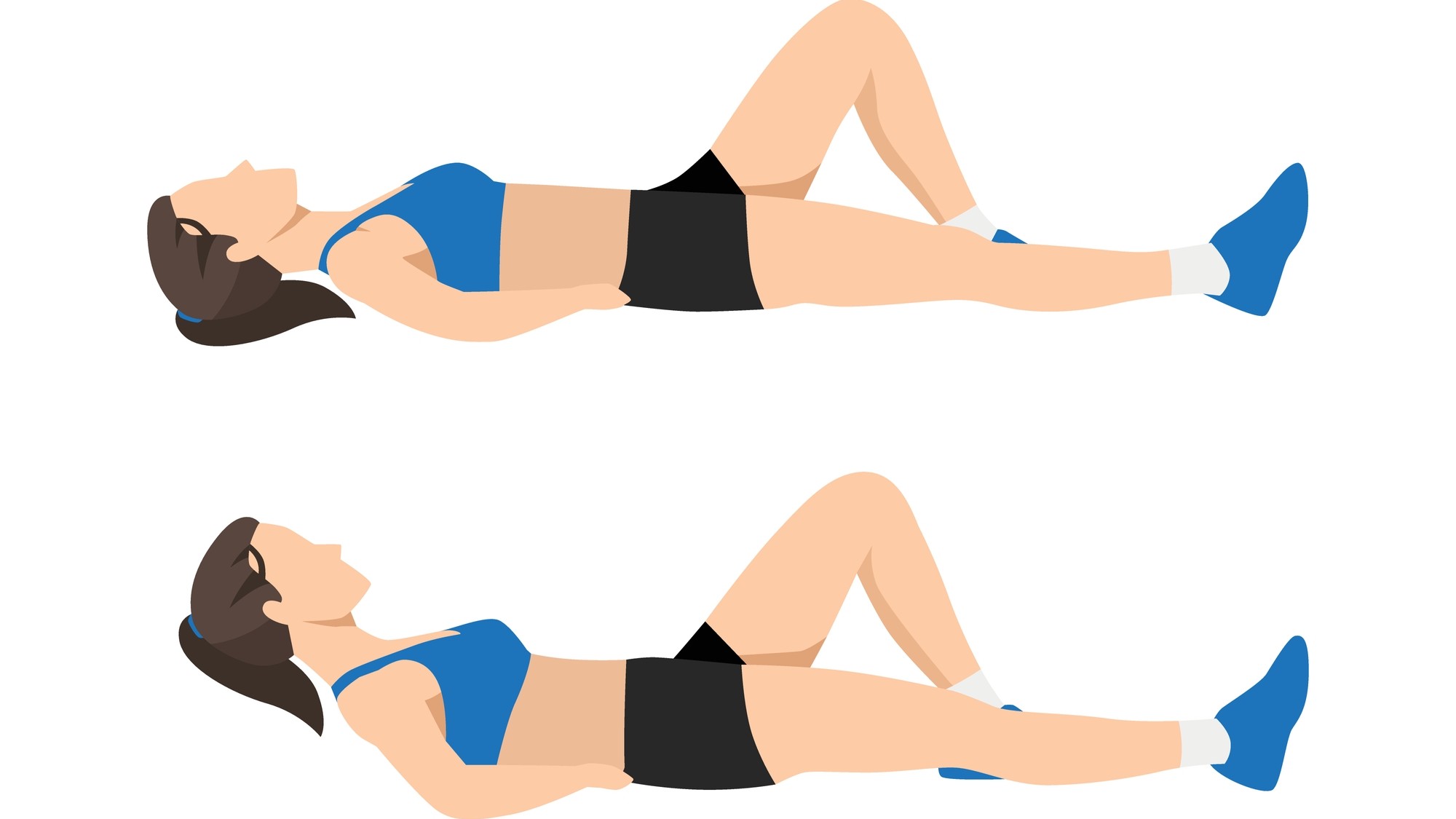
The supported position of ab curl-ups is far better than crunches for anyone with back pain. Start with your knees bent, feet flat and tilt your pelvis toward you, which should flatten your lower back into the mat. Squeeze your abs tightly and gently suck your belly in while keeping your hands on your chest and upper back slightly lifted off the floor. If you prefer, extend one leg away from you.
Hold for 10-20 seconds, then release, rest and repeat for 3-4 sets.
Stability ball knee tucks
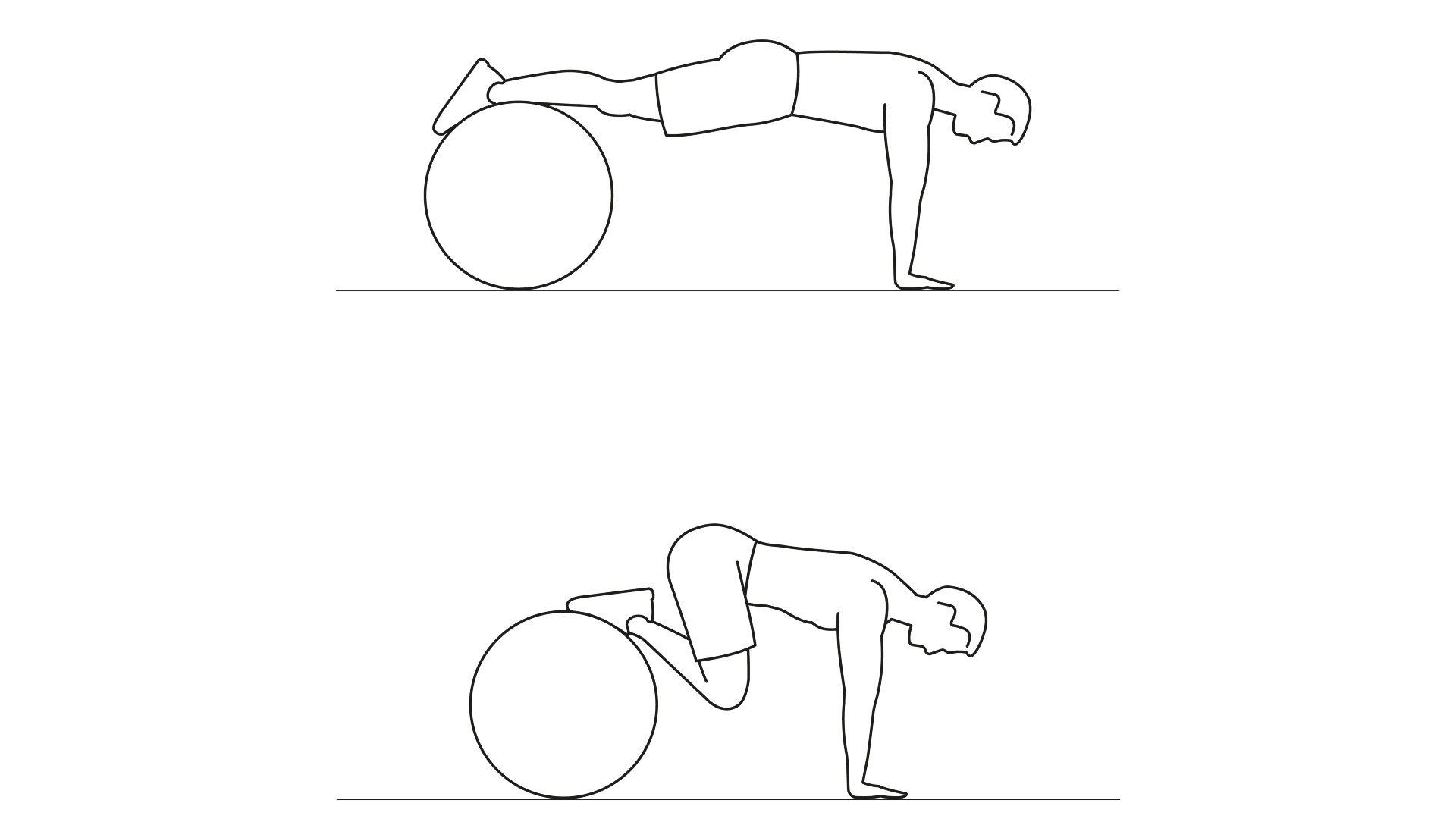
Without flexion or extension of the lower back, those with sciatica could do this exercise safely while hitting the core muscles hard. Start with a push-up position and rest your feet on the stability ball behind you. Keep your stomach braced, arms extended, and hips lifted and use both legs to draw the ball toward your chest. Pause, then roll it back to the start position. Ensure your spine stays straight without tucking your pelvis, as this will strain your back.
Aim for 10-12 reps for 3-4 sets.
Stability ball wall sit
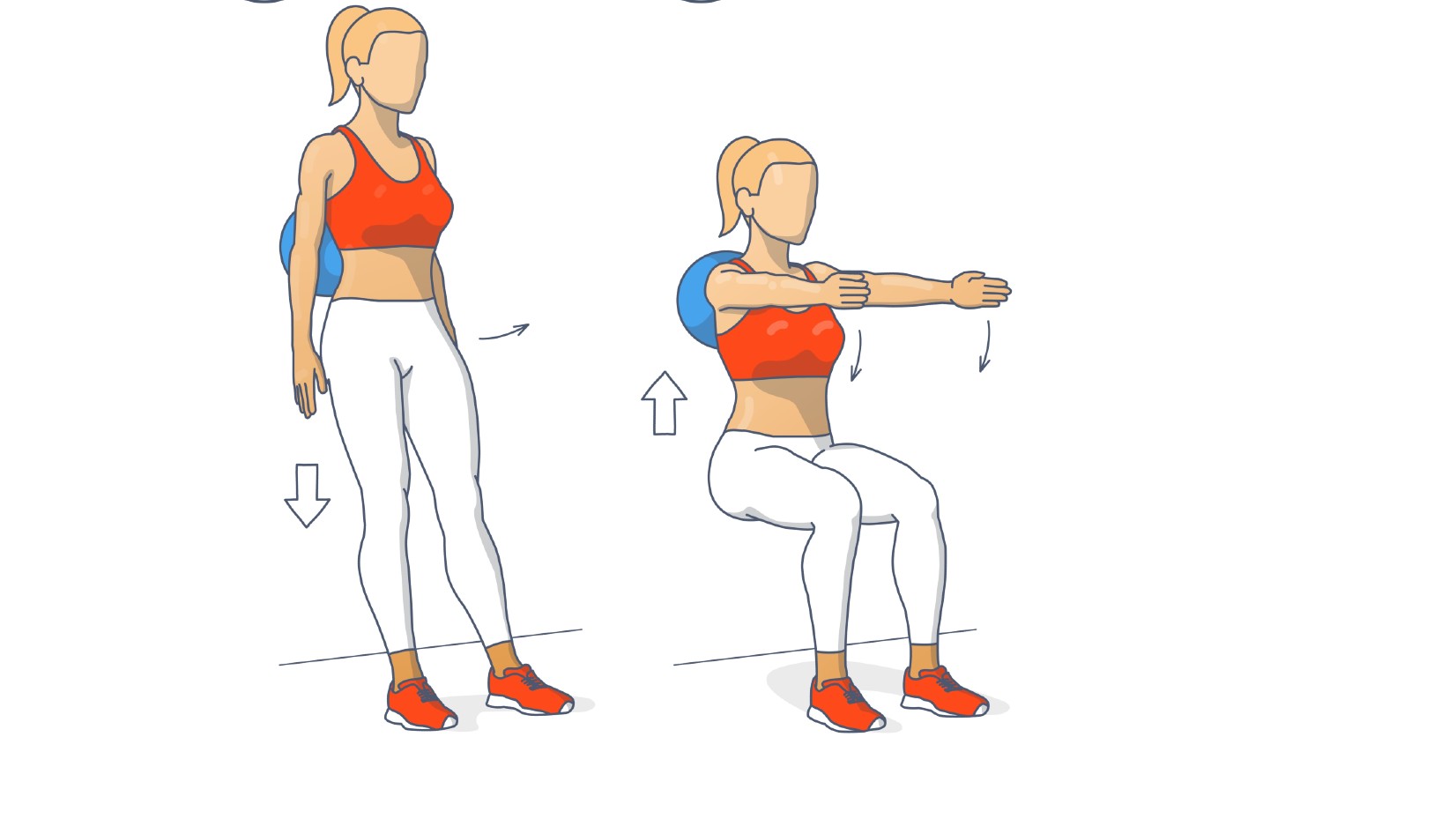
We’ve nicked this from our round-up of 7 stability ball exercises to add to your routine and adapted it. Place a stability ball between you and the wall and gently press your back against it with a neutral, supported spine. Hold a squat position, and try walking your feet away from you and back again for an extra challenge.
The isometric exercise requires core activation and stability to hold the sit while working the quads, hamstrings and hips in a supported position.
Start by holding for 20-30 seconds, rest, then repeat for 3-4 sets.
Bird dog
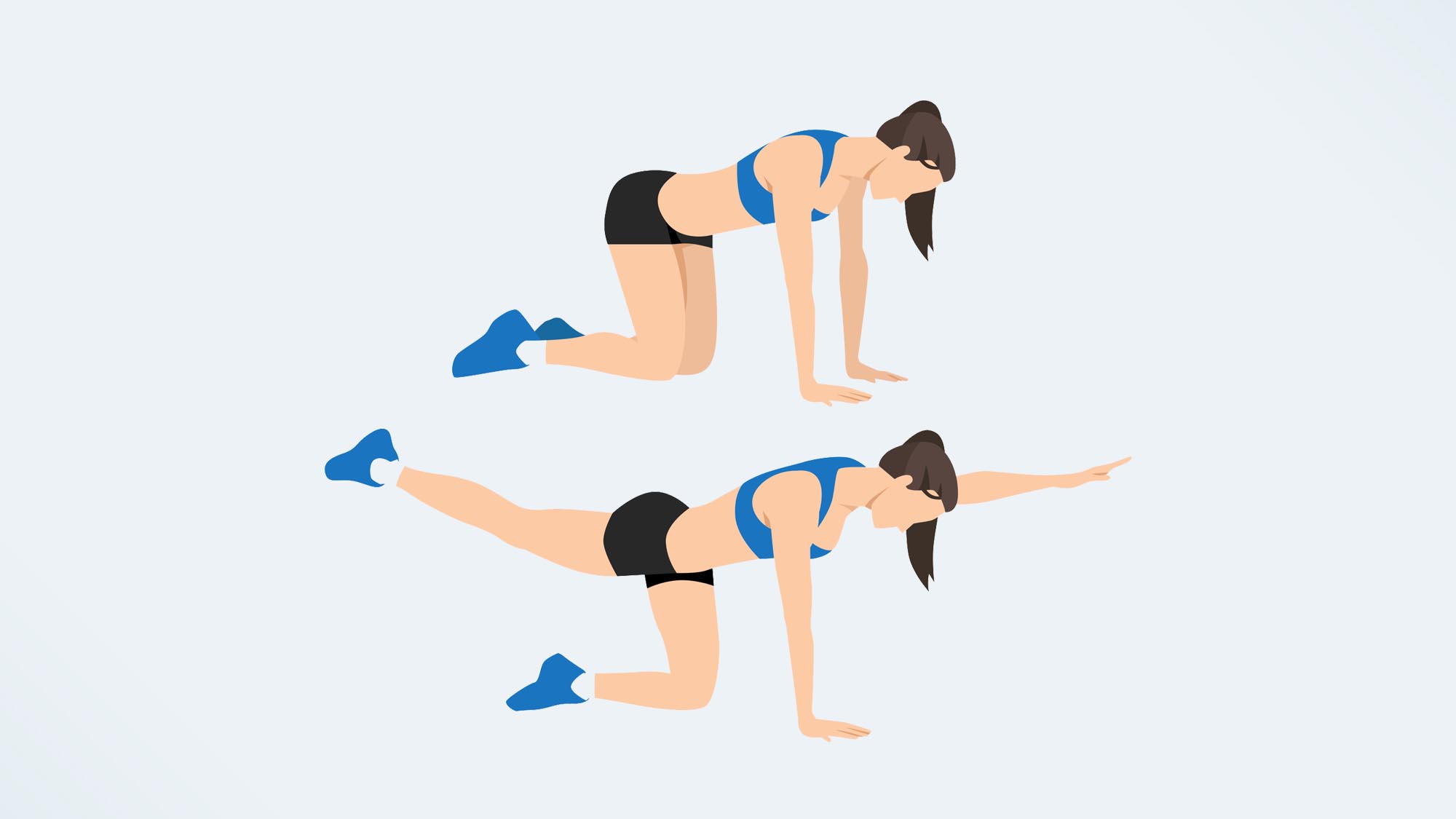
Bird dogs work the core, including the erector spinae muscles that support the spine, the glutes, abs, hamstrings, upper trapezius and deltoids. Start on your hands and knees with a neutral spine and extend one arm in front of you (aligned with your shoulder) while extending the opposite leg behind you (at hip height).
Complete reps on one side, then switch, always moving with control. Keep your neck neutral by looking slightly ahead of your mat, and keep your back flat.
Here’s how to do the bird dog exercise and why you should. Start with 10-12 reps per side and repeat for 3-4 sets.
Bear squats
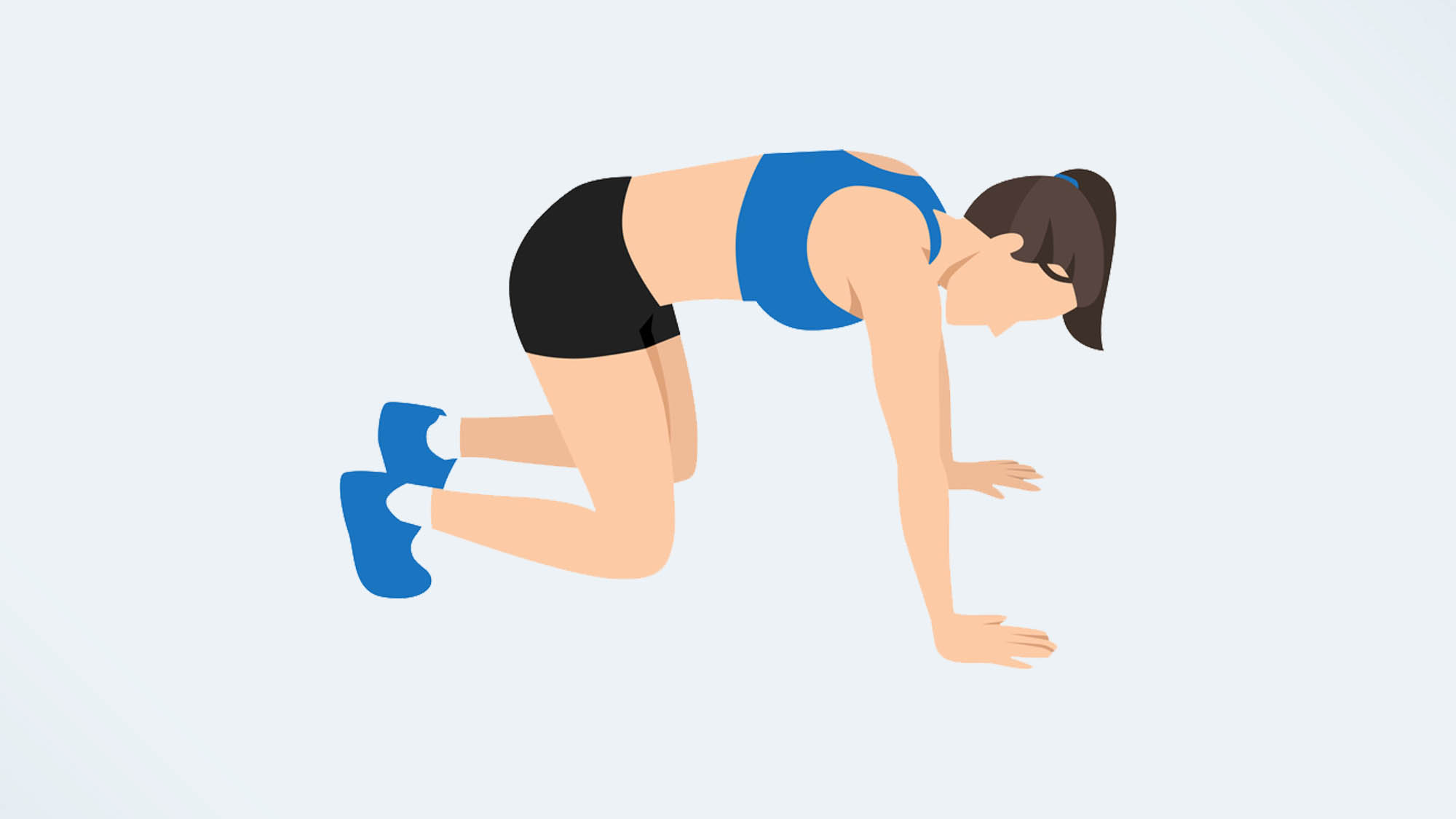
Continuing the theme of animal-focused exercises, we have bear squats.
The quad-torching exercise also strengthens your core, shoulders and arms and improves joint flexibility and range of motion. Perform the bear as a holding position, keeping your stomach braced and back flat, then practice pushing your hips toward your heels while keeping your knees an inch off the ground to perform the squats.
Move with control and without tucking your pelvis underneath you. Learn more about the move and what happened when we did 70 bear squats every day for a week here.
Start with 10-12 reps for 3-4 sets.
Supported side plank dips
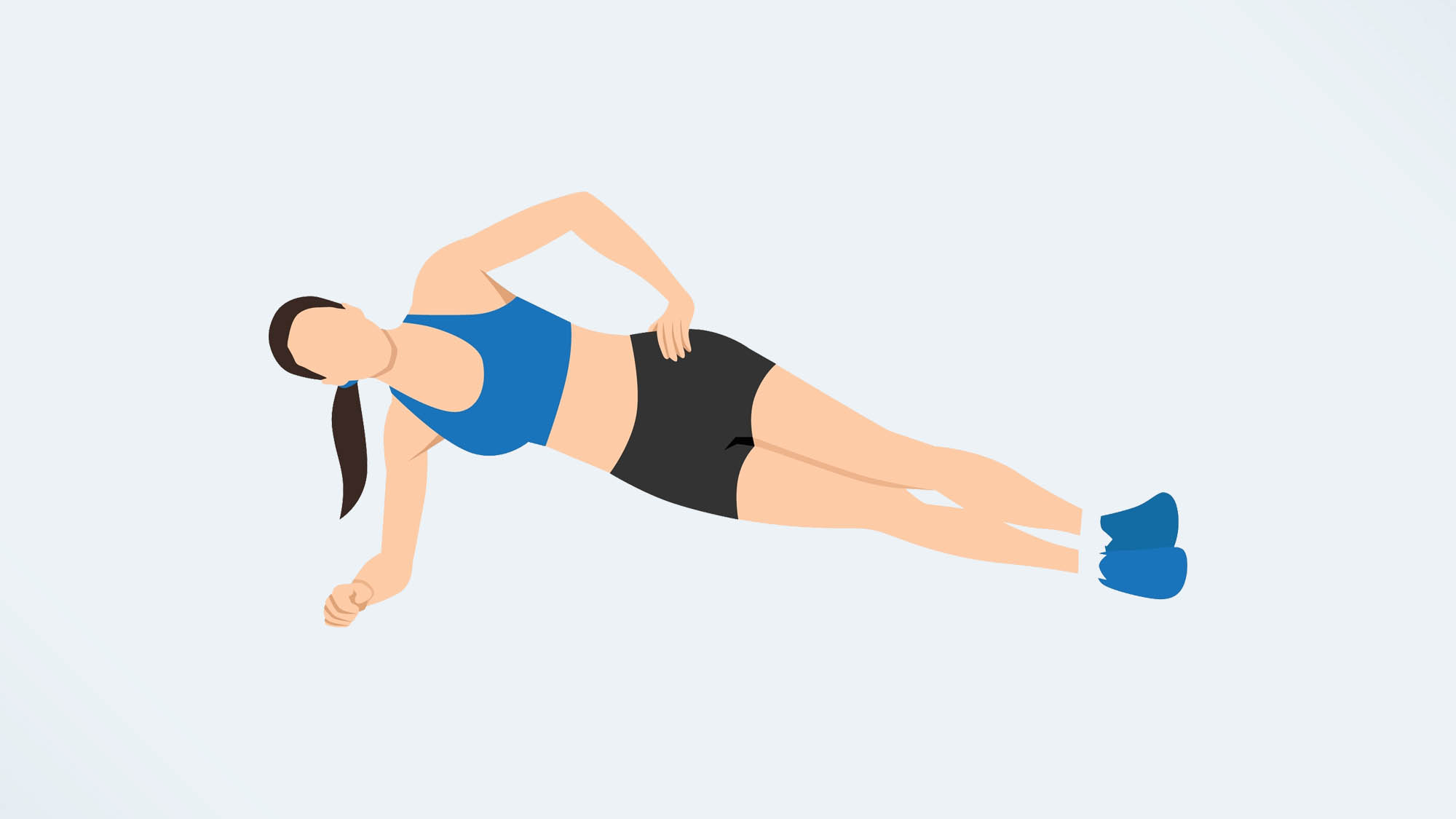
Some people find side plank is doable with sciatica, but if you’re shaking your head in disbelief — try this side plank dips variation instead. Known as the McKenzie Side Glide, the exercise stretches the waist and improves range of motion, symptoms of pain and core stability.
Stand facing side-on to a wall and rest your forearm against it at shoulder height. Step your feet away and rest toward the wall, keeping your stomach engaged and spine neutral — you should be able to draw a straight line from head to toe. Slowly push your hip toward the wall, then return to the start position.
Perform 10-12 reps and hold the stretch, if you prefer, for 3-4 sets per side.
More from Tom's Guide
- Forget pull-ups, 5 best kettlebell back exercises
- Sciatica? Try these 3 doctor-approved exercises for pain relief
- The best stretches for tight hip flexors

Sam Hopes is a level 3 qualified trainer, a level 2 Reiki practitioner and fitness editor at Tom's Guide. She is also currently undertaking her Yoga For Athletes training course.
Sam has written for various fitness brands and websites over the years and has experience across brands at Future, such as Live Science, Fit&Well, Coach, and T3.
Having coached at fitness studios like F45 and Virgin Active and personal trained, Sam now primarily teaches outdoor bootcamps, bodyweight, calisthenics and kettlebells.
She also coaches mobility and flexibility classes several times a week and believes that true strength comes from a holistic approach to training your body.
Sam has completed two mixed doubles Hyrox competitions in London and the Netherlands and finished her first doubles attempt in 1:11.
